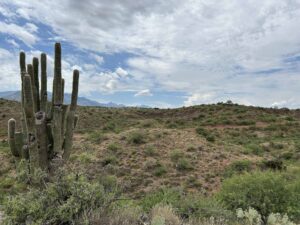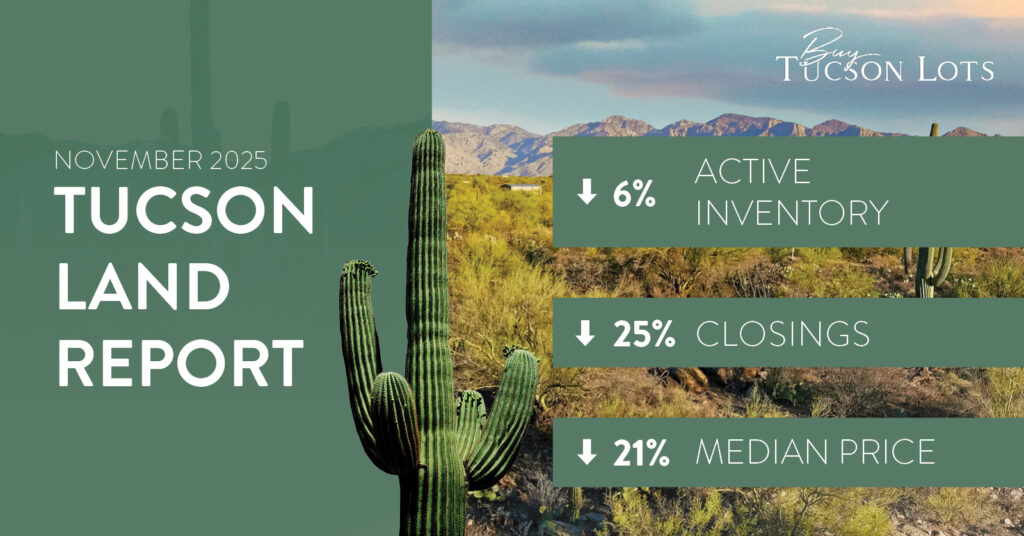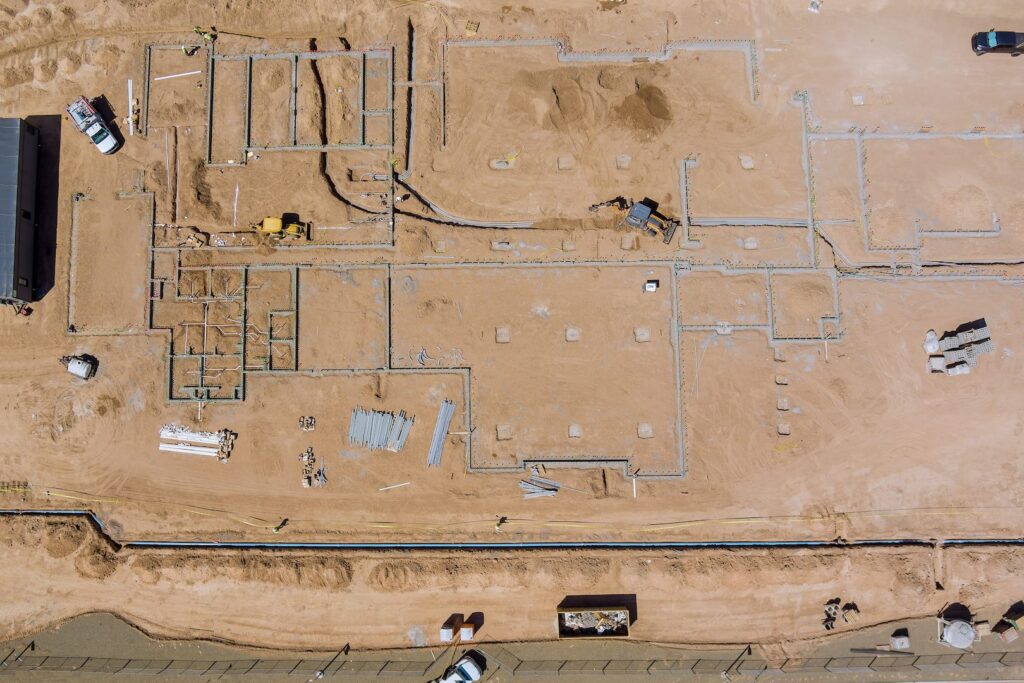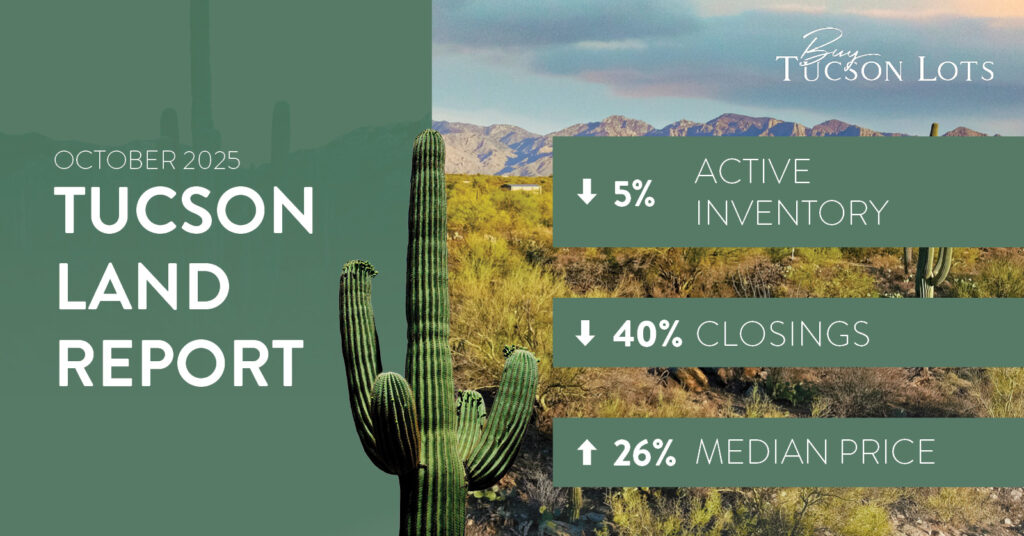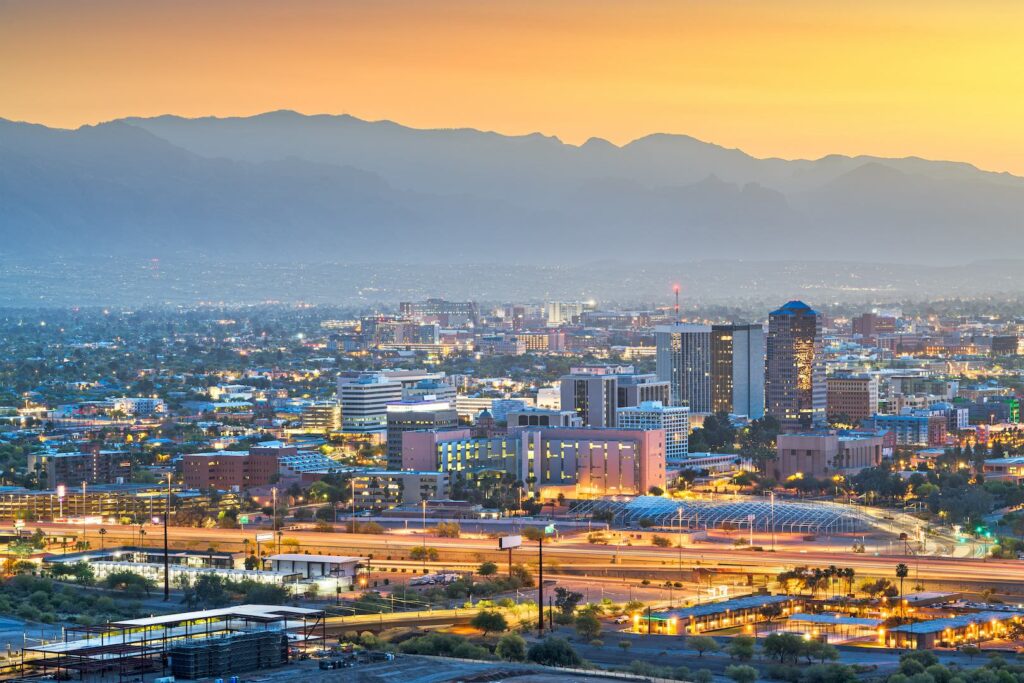If you’re a landowner, you may assume you have the right to do whatever you like in terms of landscaping. While this is true to an extent, it’s important to do your research before removing or adding any plants to your plot of land.
There are a number of rare and endangered plant species in our beautiful state of Arizona. This has led the state government to step in and declare that certain natural growing vegetation is “state-protected.”
What’s more, owning land in a state other than Arizona does not necessarily mean you are free and clear. Endangered plant species exist all across the US, so you’ll want to check in with your state government no matter where you happen to be.
Obviously, if you’re a landowner looking at doing some landscaping this year, you’re probably going to want to know what these state-protected plant laws mean for you. Here’s the lowdown on the rules and regulations in Arizona.
Removing Plants
If you wish to remove a plant from your property, you do have the right to do so. That said, if the plant is a native species, you must provide notice to the Arizona Department of Agriculture and pay the fees required. This is to help ensure the safety of these beautiful and unique growing plants, so many of which are only found in our state.
It’s important to note, however, that there’s one exception to this rule: Those who own 10 acres or less and have already built on their land are not required to request permission to destroy a native plant. Still, it’s good practice to do what you can to preserve these amazing species for the next generation.
Selling Protected Plants
In addition to obtaining permission to remove or destroy a protected native plant, you must also apply for a permit in order to sell or give away these protected species. This is true no matter the size of your plot of land, and the process will likely include fees.
Keep in mind that many of these plants are highly sought after and keeping tabs on where they are at any given time is the government’s way of protecting them to the best of their ability.
Planting Non-Native Species
Of course, removing current plants is only one part of landscaping. Planting new species is usually a part of the process as well, and if you wish to plant a non-native plant, you will need to get it registered and pay the appropriate fees before adding it to your land.
Registration can be completed at any of the Department of Agriculture permitting office, but be aware that an appointment may be required. When registering, you can expect to receive a Movement Permit, as well as seals which must be attached to the plant.
Plant List and Fees
Wondering where you can learn which plants are protected and the fees you should expect to pay? We recommend visiting the Arizona Department of Agriculture website. The site provides a complete list of native state-protected plants as well as a list of fees.
Of course, if you’re still unsure about what to expect, you can always contact the department directly. They’re all about keeping Arizona beautiful and unique and are happy to help you do so as well.



